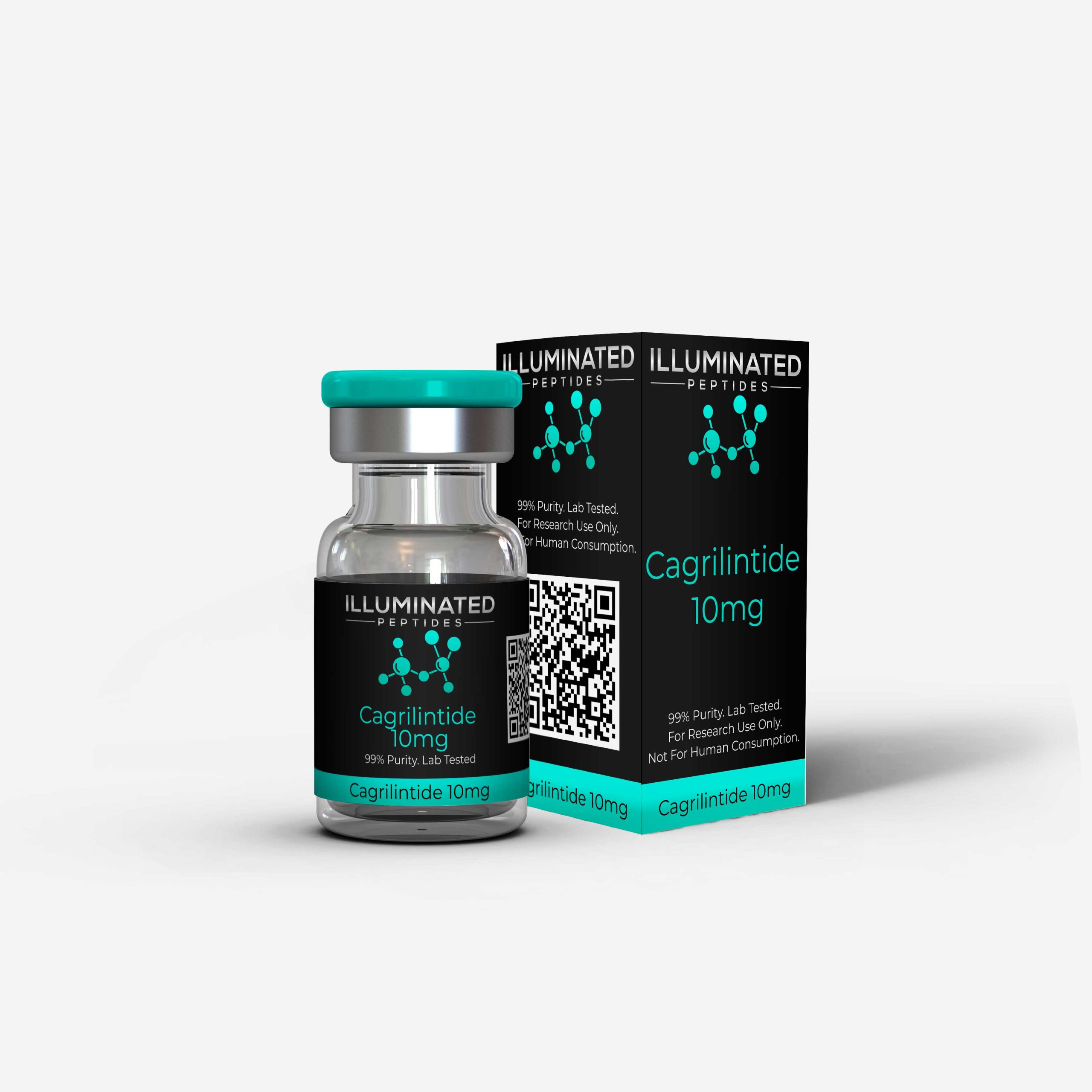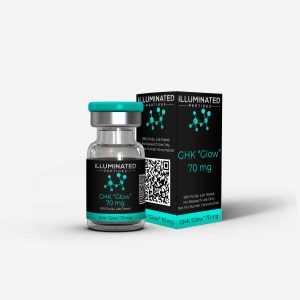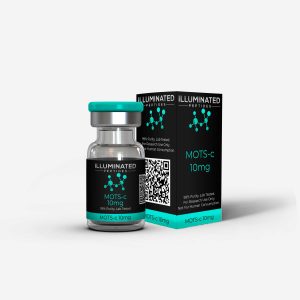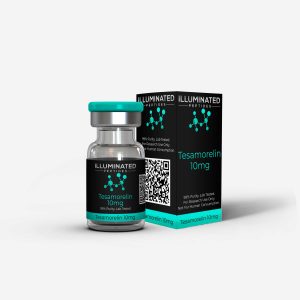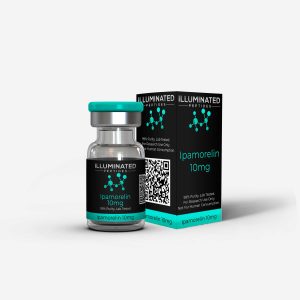Description
Cagrilintide Overview
Cagrilintide is a long-acting analogue of amylin, a peptide hormone that works alongside insulin to regulate appetite and metabolism. In preclinical trials, it has demonstrated potential for managing obesity and type 2 diabetes, while also being studied for protective effects in liver injury, alcohol-associated liver disease, and cardiovascular disorders. Some discussion has considered its possible relevance in Alzheimer’s disease, though no published studies have confirmed this application to date. Research interest has also focused on combining cagrilintide with semaglutide, with experimental results suggesting that the two agents may complement one another to support more consistent and sustained weight reduction. While these findings are encouraging, clinical evaluation in humans remains limited, and further research is necessary to establish safety and therapeutic potential.
Cagrilintide Structure
Sequence: XKCNTATCATQRLAEFLRHSSNNFGPILPPTNVGSNTP
Molecular Formula: C194H312N54O59S2·xC2H4O2
Molecular Weight: 4409.01 g/mol
PubChem SID: 171397054
CAS Number: 1415456-99-3
Synonyms: AT42613, AM833[1]
Cagrilintide Research
Cagrilintide Origin: What Is Amylin?
Amylin, also referred to as islet amyloid polypeptide (IAPP), is a naturally occurring peptide secreted alongside insulin from pancreatic beta cells. Studies have demonstrated that it functions as an important signaling molecule within the brain, where it helps regulate satiety. Initially, amylin is produced as an 89–amino acid propeptide, released in a ratio of about 100:1 with insulin, and subsequently processed into an active form containing 37 amino acids.
Amylin plays multiple roles, including delaying gastric emptying, signaling satiety to the brain, and helping to stabilize postprandial blood glucose levels. By slowing the rate at which glucose enters circulation, it promotes more efficient utilization of sugar for energy while reducing its conversion to fat. Beyond metabolic activity, amylin has also been linked to bone physiology, displaying both structural and functional associations with calcitonin and CGRP. Together, these peptides influence calcium regulation by enhancing bone uptake and potentially affecting renal calcium excretion, though the exact significance remains unclear. Overall, amylin may contribute to protecting bone tissue and supporting mineral deposition.
In animal studies where the amylin gene is silenced, subjects exhibit reduced appetite and lower caloric intake. Like insulin, amylin is degraded by common proteolytic enzymes. Cagrilintide, however, was engineered to resist this degradation, thereby extending its half-life and functional activity. Some evidence also suggests a potential association between amylin and amyloid beta plaques found in Alzheimer’s disease. When overproduced, amylin’s tendency to self-aggregate can lead to fibril formation. It has been hypothesized that interactions between amylin fibrils and beta-amyloid proteins in the brain could play a role in plaque development, though a direct causal mechanism has yet to be defined.
What Is Cagrilintide?
Cagrilintide is a laboratory-engineered analogue of native amylin, specifically modified to resist enzymatic breakdown in circulation, resulting in a longer duration of action. It is not the first analogue created; that distinction belongs to pramlintide, introduced in the early 2000s as an adjunct to insulin use in animal models. Pramlintide demonstrated utility in moderating postprandial glucose levels, but its short half-life limited application. Cagrilintide distinguishes itself primarily by its extended stability.
Beyond enhancing half-life, cagrilintide also addresses a critical limitation of native amylin: its propensity for aggregation. At elevated concentrations, amylin can misfold and form amyloid fibrils. These fibrils are linked to stress on pancreatic beta cells and are hypothesized to contribute to impaired insulin production in experimental models of type 2 diabetes. The proposed mechanism involves excessive nutrient intake triggering high release of both insulin and amylin, with surplus amylin subsequently aggregating into toxic fibrillar structures. These aggregates have been compared to the beta-amyloid tangles observed in Alzheimer’s disease.
The design of cagrilintide represents a strategic refinement of the natural peptide. Scientists introduced proline residues at the C-terminal end to inhibit fibril formation, while an amide addition at the same region improves receptor affinity. A fatty acid chain incorporated at the N-terminal end enhances brain penetration. Collectively, these modifications enable more efficient binding to receptor activity-modifying proteins (RAMPs), particularly RAMP-1 and RAMP-3, which interact with receptors such as calcitonin-like receptor and calcitonin receptor. While the exact downstream consequences of these receptor interactions remain under investigation, RAMP dysfunction has been associated with multiple conditions in preclinical research, including cardiovascular and metabolic disorders.
How Does Cagrilintide Work?
Cagrilintide’s experimental activity is thought to involve several pathways. In the gastrointestinal tract, it slows gastric and intestinal transit, which triggers satiety signals from the digestive system to the central nervous system. This modulation of signaling reduces feeding behavior in models and lowers the rate of glucose absorption. By delaying uptake, glucose spikes appear blunted, giving tissues more time to utilize sugar as energy rather than directing it into fat storage pathways.
In addition, cagrilintide has been observed to act directly on the central nervous system. Receptor mapping in animal models highlights amylin receptor distribution in the arcuate nucleus of the hypothalamus, with downstream influence on the brainstem and pituitary. Binding activity in these regions has been linked to reduced food intake and altered appetite regulation.
Cagrilintide also exerts effects within the pancreas. Similar to native amylin, it participates in a feedback mechanism that decreases glucagon secretion. This reduces the rate at which glucose is converted into fat, supporting a more balanced glucose-insulin dynamic in preclinical settings.
Cagrilintide: The Research on Obesity
Two notable trials have investigated cagrilintide’s role in weight regulation, offering valuable insight into its experimental potential. In one study, weekly administration of the peptide was linked to reductions in body weight ranging from 6–11% over six weeks when compared with placebo. These outcomes exceeded the results seen with liraglutide, which was used as a positive control in the study. Importantly, the overall frequency of side effects appeared comparable between the cagrilintide and liraglutide groups[8].
A second trial examined the combined use of cagrilintide with semaglutide. Results suggested that the two peptides may act synergistically rather than merely additively, as the weight reduction observed was greater than expected from their individual effects. In this trial, participants demonstrated weight loss of up to 17.1% over a 20-week period[9]. To put this into context, for an individual weighing 200 pounds, that corresponds to approximately 34 pounds of reduction within five months.
Cagrilintide in Diabetes
Cagrilintide, along with other amylin-based analogues such as pramlintide, has been studied for its ability to influence glucose regulation through suppression of glucagon release. Preclinical investigations suggest that these peptides can contribute to reductions in insulin resistance and lower hemoglobin A1C, with some studies reporting decreases of up to 2.2% over short durations.
An additional feature of cagrilintide is its extended half-life, allowing for once-weekly administration in experimental settings. This long-acting profile may provide more sustained control of glucose dynamics and appetite signaling compared with shorter-acting analogues. The extended duration of action is also thought to improve consistency of experimental outcomes in research models.
Cagrilintide in Alzheimer’s Disease
Connections between glucose metabolism and cognitive performance have long been observed. Conditions such as diabetes are often associated with memory deficits, reduced attention span, and impaired processing speed. Elevated blood glucose can activate intracellular pathways, such as protein kinase C, which may contribute to neuronal stress, inflammation, and oxidative damage. Over time, these processes have been linked to increased risk of both cognitive decline and organ dysfunction.
Studies repeatedly demonstrate that both hyperglycemia and hypoglycemia negatively impact brain performance, with hyperglycemia being a key area of focus. In a four-year cohort of elderly women, chronically elevated blood sugar correlated with higher risk of mild cognitive impairment and dementia. Some data even suggest that high circulating glucose may reduce glucose availability within the brain itself, limiting its primary energy source. Additional findings indicate that central insulin resistance may be a driving mechanism behind diabetic cognitive dysfunction.
Research into amylin levels has revealed similar patterns. Data from the Framingham Heart Study suggest a u-shaped relationship, where both too little and too much circulating amylin are associated with cognitive impairment and elevated risk of Alzheimer’s disease.
The concept of Alzheimer’s as “type 3 diabetes” has resurfaced in recent years due to these overlapping mechanisms. Amylin, which crosses the blood–brain barrier, shares several structural and biochemical traits with beta amyloid, including beta-sheet conformations, receptor binding affinities, and degradation by the same proteases. Although a definitive causal link has not been proven, research has shown a strong correlation between blood amylin levels and markers of amyloid plaque precursors in the brain—even after controlling for a wide range of variables. In mouse models, administration of synthetic amylin has been reported to clear amyloid plaques from brain tissue and elevate corresponding markers in the blood.
Current evidence suggests that amylin dysregulation may influence beta amyloid accumulation and plaque formation, though the precise relationship remains under investigation. While no direct studies have yet evaluated cagrilintide in this context, its structural similarities to amylin position it as a candidate of interest for future research on Alzheimer’s-related mechanisms.
Cagrilintide Summary
Cagrilintide is a synthetic peptide analogue of amylin, a naturally occurring hormone secreted by the pancreas. It represents the latest addition to a class of compounds initially explored in diabetes research but now studied for their potential in regulating body weight. Similar to semaglutide and related peptides, cagrilintide appears to slow the rate of gastric emptying while also influencing neural pathways linked to appetite control and satiety. Current investigations suggest that cagrilintide may produce more pronounced reductions in body weight than GLP-1 receptor agonists such as semaglutide. Moreover, studies examining co-administration with semaglutide indicate a synergistic effect, resulting in even greater weight management outcomes under experimental conditions. Beyond its influence on body mass regulation, ongoing research continues to explore possible roles for cagrilintide in cardiovascular health and neurological processes, with particular interest in its potential relevance to age-related cognitive decline. These areas remain in early stages of study and warrant further scientific investigation.

